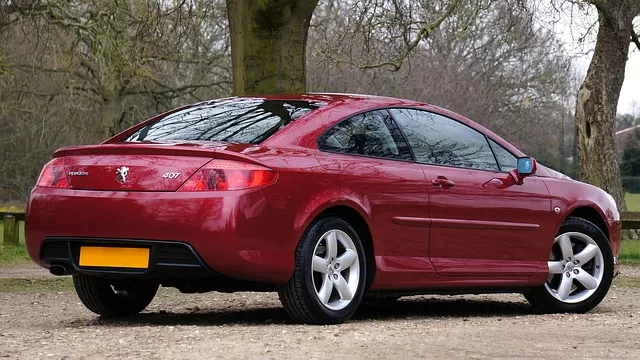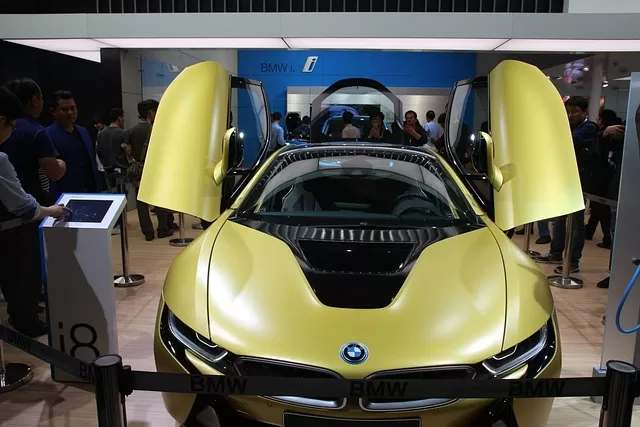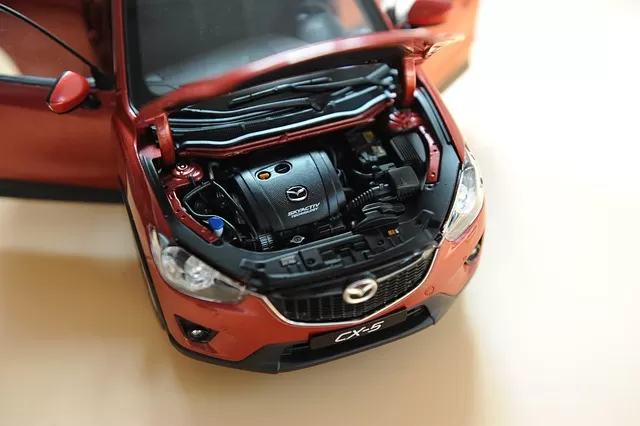
Vehicle Connectivity Transforming The American Driving Experience

Shared Mobility Redefining Transportation For American Cities

Navigating 2025: Latest GPS And Navigation Systems Reviewed

Essential Car Maintenance Tips for Longevity and Performance

Engine Systems Powering Modern American Vehicles

The Clean Energy Powerhouse Revolutionizing Industries

Boost Your Ride: Latest Trends in Exterior Accessories

Expert Car Care Tips: How to Keep Your Vehicle Pristine

Best Car Interior Accessories for Ultimate Comfort

Battery Storage Driving The Future Of Electric Vehicles
Auto Finance Navigating Car Loans And Leasing In Todays Market
Auto finance plays a crucial role in how Americans purchase and use vehicles. With new-car sticker prices rising and used-car demand remaining high, understanding loan and lease options helps drivers save money over time. Whether you’re buying a family SUV in Ohio, leasing an electric crossover in California, or refinancing a sedan in Florida, knowing how financing works and which lenders to consider can make a significant difference in monthly payments and total costs.
Related searches

Loans vs. Leases
When financing a vehicle with a loan, buyers borrow a lump sum—equal to the agreed purchase price minus any down payment—from a bank, credit union, or online lender. The borrower repays that amount plus interest over a set term (typically 36 to 72 months). Once the loan is paid off, the borrower owns the car outright. Monthly payments are determined by the financed amount, the annual percentage rate (APR), and the loan term. Higher credit scores and larger down payments usually qualify buyers for lower APRs.
Leasing differs by covering only the vehicle's expected depreciation during a shorter term, usually 24 to 36 months. Lessees pay a monthly fee based on the difference between the negotiated capitalized cost (similar to purchase price) and the residual value (estimated worth at lease-end), plus a money factor that equates to APR. Lease payments tend to be lower than loan payments for comparable vehicles, but leases impose mileage limits (often 10,000–15,000 miles per year) and potential fees for excess wear or early termination. At lease-end, drivers can return the car, buy it at the predetermined residual price, or start a new lease.
Current Market and Lender Options
In mid-2025, auto loan interest rates remain elevated compared to pre-pandemic levels, reflecting broader economic factors. Buyers with strong credit (FICO scores above 700) often secure rates in the 3.5–4.5% range for short-term new-car loans, while used-car APRs typically run several points higher. Subprime borrowers (scores below 600) can face rates above 15% on older or high-mileage vehicles. Dealerships frequently advertise promotional 0% APR deals or attractive lease incentives on select models, but these offers generally require excellent credit and may limit negotiation on vehicle pricing.
Credit unions often provide very competitive rates—sometimes 1–2 points below national banks—for members who meet eligibility requirements (e.g., regional affiliation or professional group membership). Large banks offer convenience and digital preapproval tools, while online lenders and fintech platforms enable borrowers to compare multiple rate quotes without a hard credit inquiry. Securing preapproval helps buyers establish a baseline APR for negotiating both price and financing at the dealership.
Refinancing Existing Auto Loans
For drivers already locked into higher-rate loans, refinancing can be a valuable strategy to reduce monthly payments or shorten loan terms. Refinancing involves replacing an existing loan with a new one—ideally at a lower APR. Lenders evaluate current credit scores, debt-to-income ratios, and vehicle mileage, so borrowers whose credit profiles have improved since their original purchase may qualify for better terms. Refinancing typically requires paying a nominal fee and may extend the loan term if not managed carefully, but overall interest savings can justify the process. It's essential to compare multiple offers and calculate total costs before committing to a new loan.
Total Cost of Ownership Considerations
Beyond the APR and monthly payment, auto shoppers should account for the total cost of vehicle ownership. Insurance premiums vary widely based on the make, model, and driver history—sporty cars and luxury vehicles often carry higher rates. Maintenance and repair expenses also factor in: older models may require more frequent service, while EV drivers can expect lower routine maintenance but potential battery replacement costs down the line. Fuel economy differences impact monthly budgets as well, especially for drivers facing long commutes. Factoring in registration fees, taxes, and potential depreciation helps buyers choose the right financing option—loan or lease—that aligns with their long-term financial goals.
Emerging Trends
Used-vehicle financing continues to expand as new-car prices stay high. Longer loan terms (72–84 months) lower monthly payments but raise total interest paid and increase the risk of owing more than the vehicle's value. Electric vehicle (EV) financing is on the rise, with lenders offering promotional deferred-payment programs and manufacturers promoting zero-down leases. Subscription-based access—bundling insurance, maintenance, and registration into a single monthly fee—is gaining traction among younger drivers who prefer flexibility over long-term commitments. Additionally, “credit-builder” auto loans target borrowers with limited credit histories by reporting on-time payments to credit bureaus, helping establish or improve credit scores.
Conclusion
Auto finance in the United States offers a range of options—loans, leases, refinancing, and emerging subscription models—tailored to diverse budgets and preferences. By checking credit scores, securing preapproval, and comparing offers from credit unions, banks, and online lenders, American drivers can lock in favorable terms. Considering total cost of ownership—insurance, maintenance, fuel, and depreciation—is equally critical. Balancing monthly payment affordability with overall loan costs ensures that financing supports both immediate needs and long-term financial health, turning vehicle ownership into a manageable, cost-effective experience.
 By: Lorna
By: Lorna
